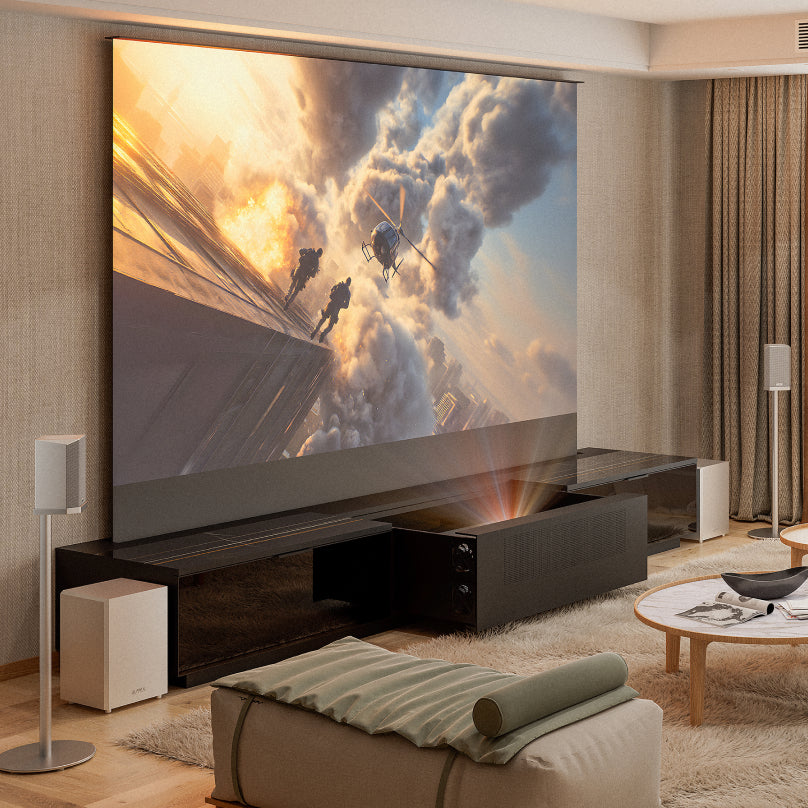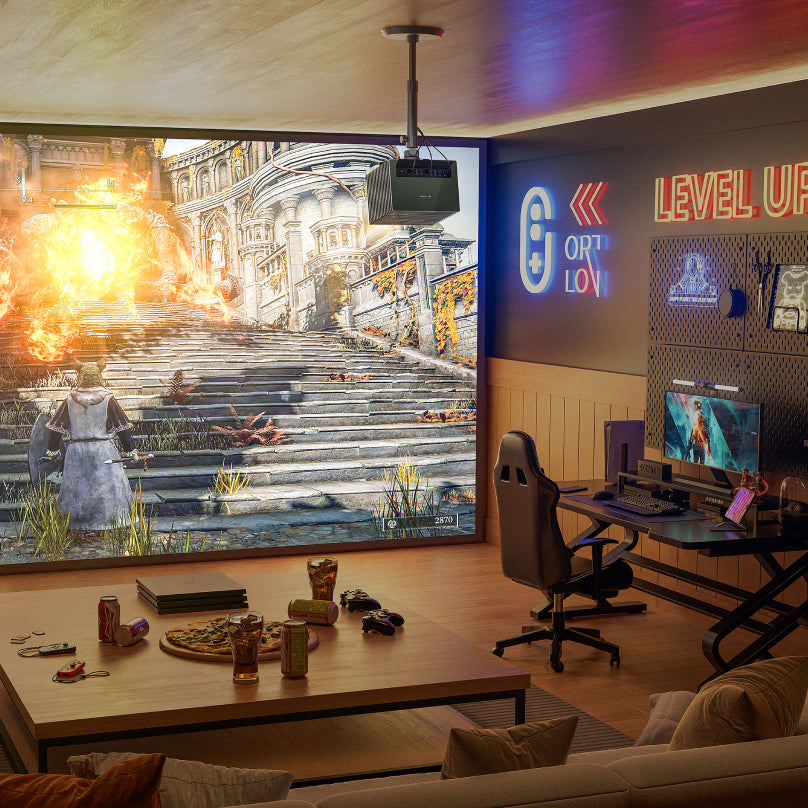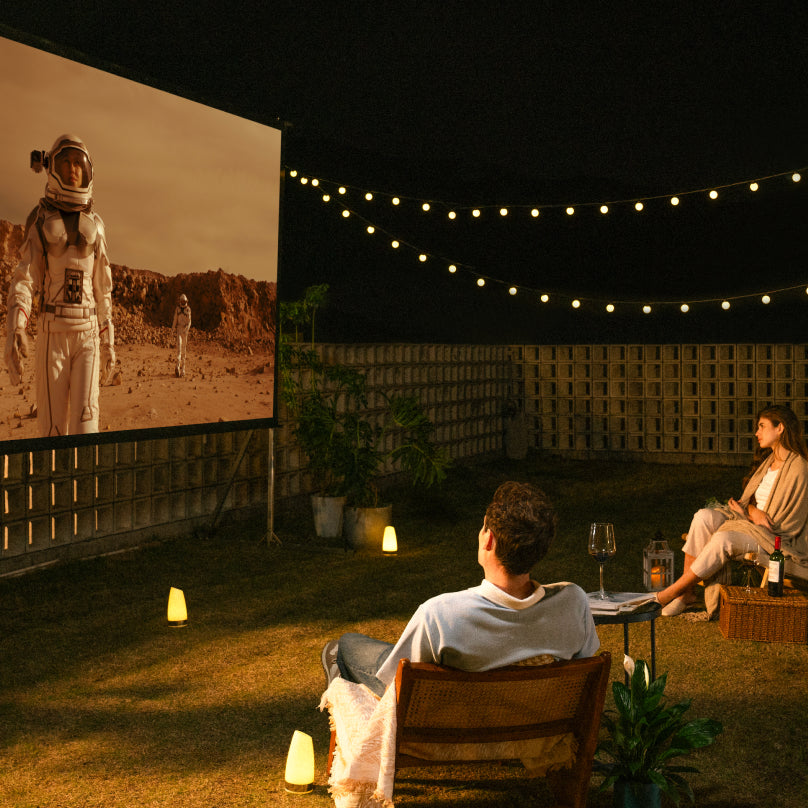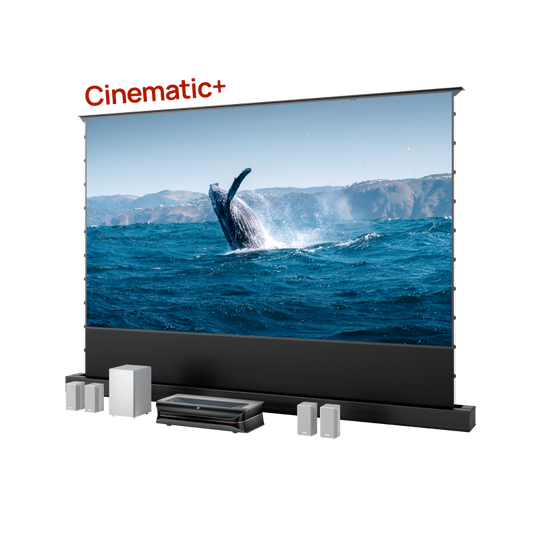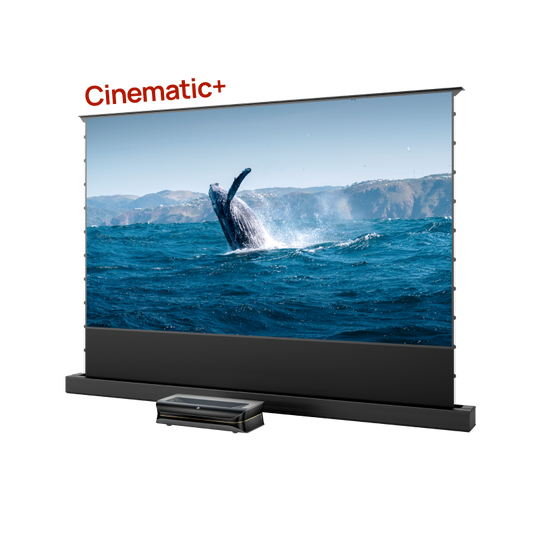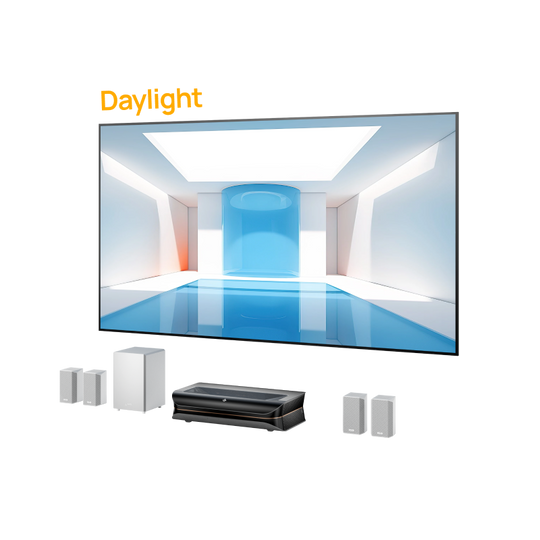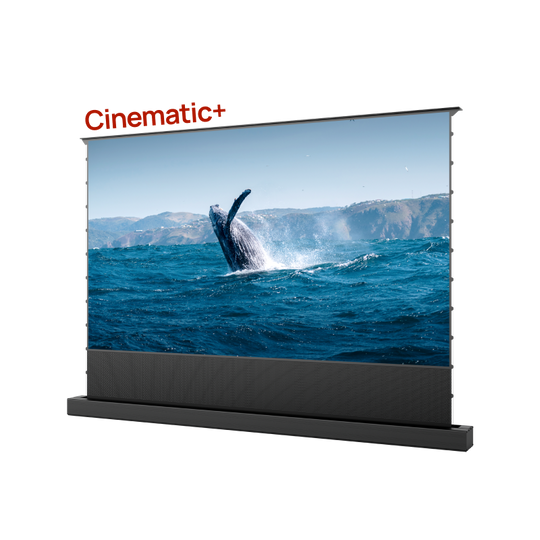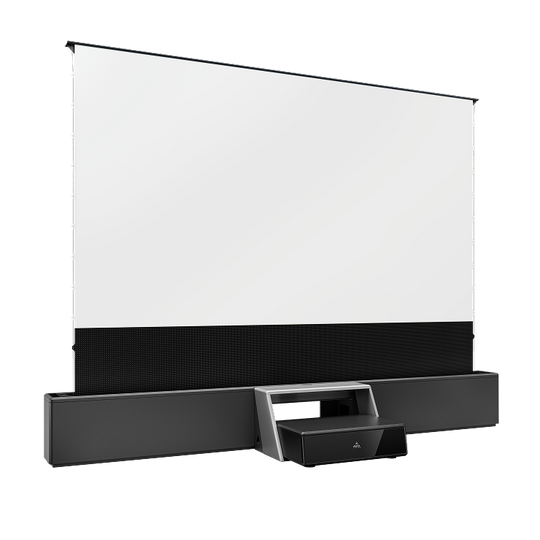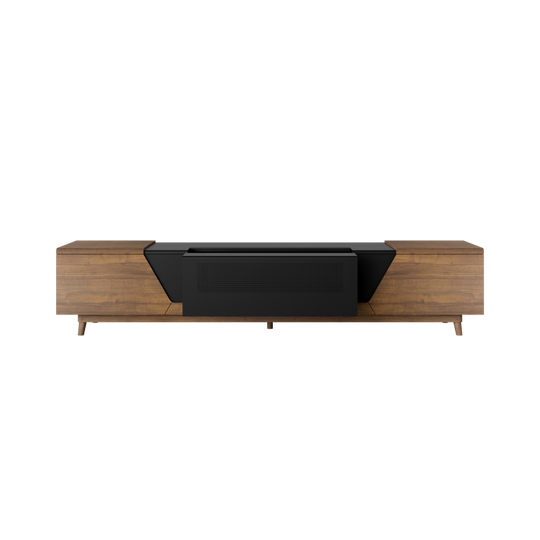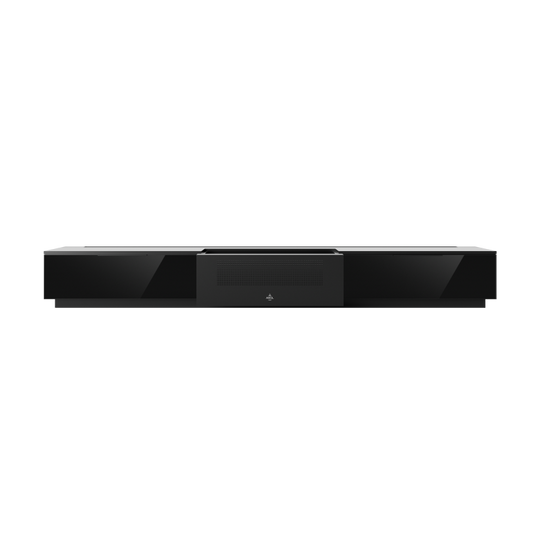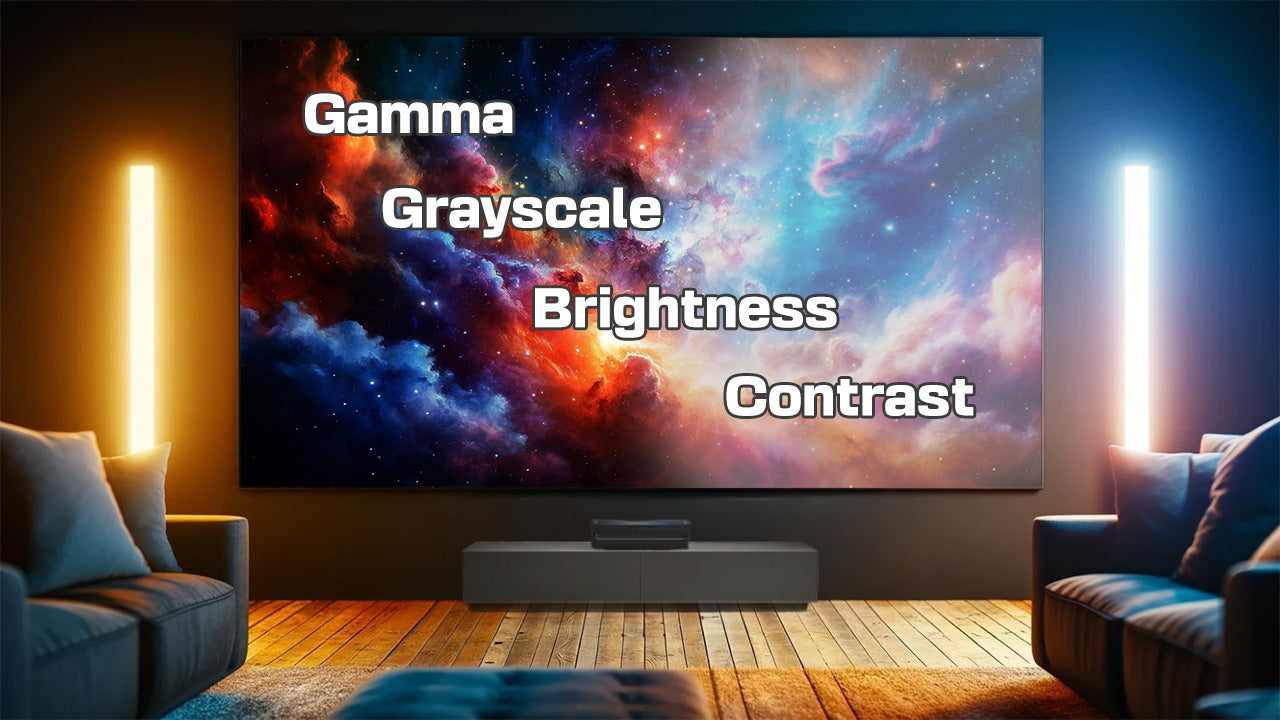Thanks to advances in audio-visual technology, home theaters have become an integral feature of our living spaces. A high-quality projector can transform almost any small room into a personal cinema. Today, we'll delve into the distinctions between long throw, short throw and ultra short throw projectors, and explore how they can elevate your home movie-watching experience.

Understanding Throw Distance in Projectors
Before diving into the specifics of different types of projectors, it's essential to understand a fundamental concept: throw distance. Throw distance refers to the space required between a projector and the surface onto which it casts an image. This distance is pivotal in determining the type of projector that will best suit your needs, whether it's for a compact living room setup or a large auditorium. Recognizing how throw distance affects image size, quality, and projector placement will help you make an informed choice about which projector technology aligns with your viewing requirements.
What is a Long Throw Projector?
Long throw projectors require a considerable distance between the projector and the screen to display images, typically ranging from 72 inches or more. This makes them suitable for large venues like movie theaters and lecture halls. They excel in settings where space is abundant, allowing for unobstructed projections over greater distances.
What is a Short Throw Projector?
Short throw projectors are designed to project large images from a short throw distance, using wide-angle lenses and advanced optical systems to minimize the space requirements. Unlike long throw projectors that may need up to 72 inches to project a large image, short throw models can do this from just 54 inches away, making them ideal for small rooms.
UST Projectors Innovate Compact Experiences
Ultra short throw (UST) projectors take space-saving to the next level by sitting just inches away from the display surface. These devices use advanced optics to project large, clear images with minimal distortion, ideal for places where traditional projectors can't fit. For example, a UST projector can project a 100-inch image within a range of 10-20 inches from the wall. This capability allows for seamless integration into living spaces without the clutter of traditional setups, offering large, interactive displays perfect for movies or presentations.
Key Differences Among Long Throw, Short Throw, and UST Projectors
When selecting a projector, several factors differentiate long throw, short throw, and ultra-short throw (UST) models. Understanding these key differences will guide you in choosing the right projector for your specific needs.
Room Size and Layout:
- Long-throw projectors are perfect for large spaces such as auditoriums and big lecture halls, where the projector can be placed far from the screen without issue.
- Short-throw projectors excel in medium-sized rooms like classrooms and meeting rooms, reducing the need for large clearances.
- UST projectors are ideal for very tight spaces and can be placed just a few inches from the screen, making them perfect for small offices or home theaters.
Screen Size:
- Long-throw projectors are capable of producing very large images suitable for theaters or outdoor spaces.
- Short-throw projectors can produce sizable images suitable for smaller professional or educational environments.
- UST projectors also support large images but are more adaptable to environments with space limitations.
Interactive Features:
- UST projectors often come with integrated interactive technology, making them ideal for collaborative environments and presentations.
- Short-throw and long-throw projectors may require additional equipment to become interactive.
Shadows and Distractions:
- Long-throw projectors: Due to the considerable distance between the projector and the screen, any person or object passing through this path can cast a shadow and disrupt the image.
- Short-throw projectors: This issue also persists with short-throw projectors, as the reduced distance still allows for potential interruptions.
- UST projectors: These projectors greatly minimize shadow interference, thanks to their position very close to the screen, making them ideal for environments where traffic in front of the screen is unavoidable.
Image Brightness and Quality:
- Long-throw projectors: In dim settings like movie theaters, long-throw projectors can create stunning visual effects. However, ambient light can significantly affect image brightness and quality due to the longer throw distance.
- Short-throw projectors: These provide high-quality images and are less dependent on controlled lighting conditions, making them versatile for various settings.
- UST projectors: With minimal distance from the screen, UST projectors deliver superior image quality. Advanced laser technology enables them to achieve high brightness and quality even in well-lit environments.
Which One Works for You?
Selecting the right projector largely depends on the environment where it will be used. Each type of projector offers unique advantages tailored to different settings, whether you're setting up a home theater, enhancing a business presentation, or equipping an educational facility.
For large spaces like auditoriums or theaters, a long-throw projector is undoubtedly the best choice. It can project large images from a distance, but be mindful to control ambient light to maintain image quality.
In smaller conference rooms or classrooms, a short-throw projector is more suitable as it provides a large image without needing the entire room's length, making it a practical choice.
For those looking to create a home theater, a UST projector should be your first pick. It integrates seamlessly into any living space, making it ideal for those who prefer minimal setup and want to keep hardware visibility to a minimum.
Pioneering Next-Generation Realities
AWOL Vision leads the way in projector technology, consistently recognized for its innovative approach. Their ultra-short throw projectors, which transform everyday spaces into immersive entertainment environments, have garnered prestigious awards, including honors at the Internationale Funkausstellung Berlin (IFA) and the Consumer Electronics Show (CES). This acclaim highlights their successful integration of cinematic artistry with cutting-edge technology, setting new standards in the projector industry.

A Wrapping-up
Whether you are setting up a home theater, enhancing a business presentation, or outfitting an educational facility, understanding the different types of projectors and their specific advantages is crucial. By considering the specific requirements of your space and the type of presentations or media you plan to show, you can choose the ideal projector that aligns with your needs and maximizes the viewing experience.

